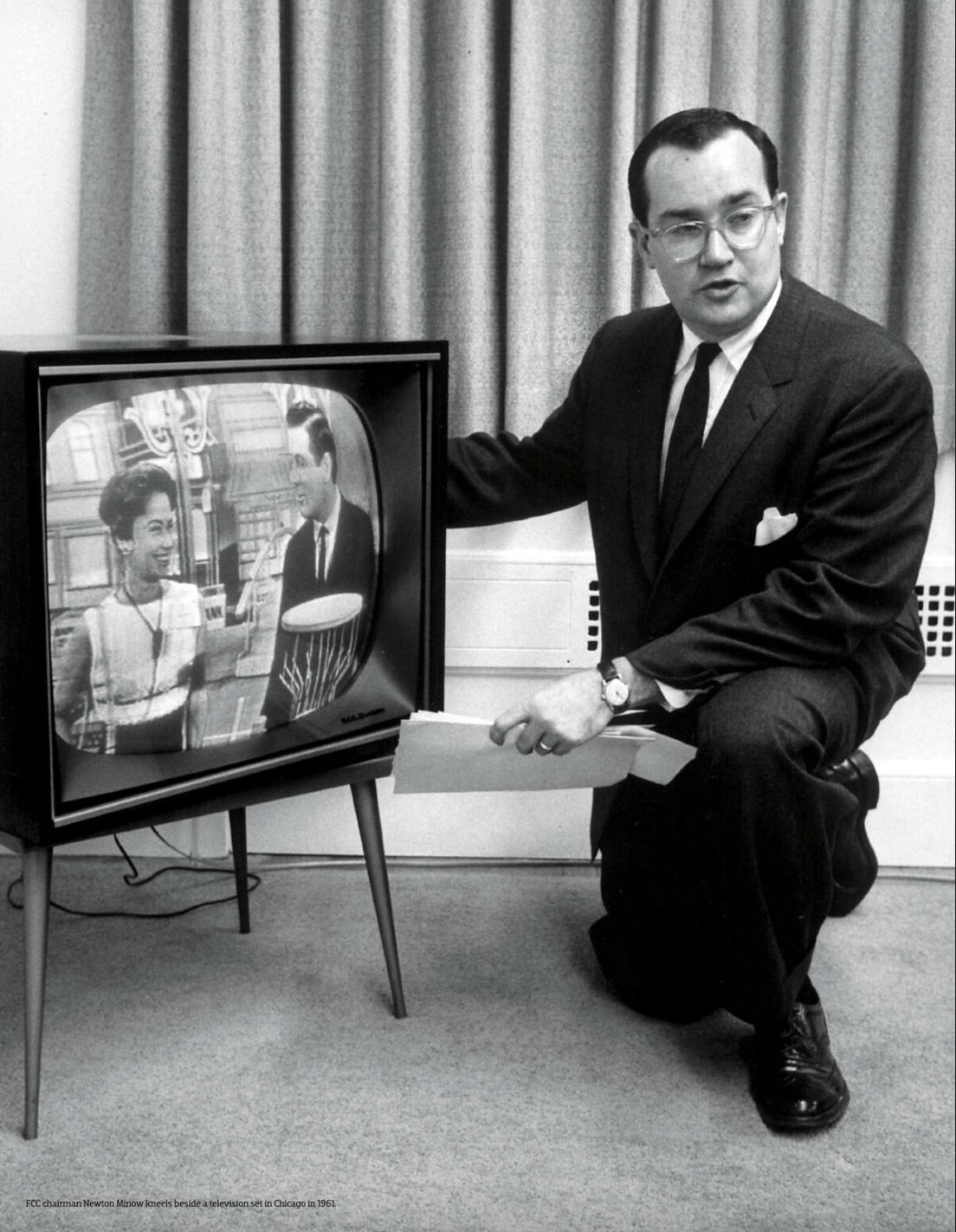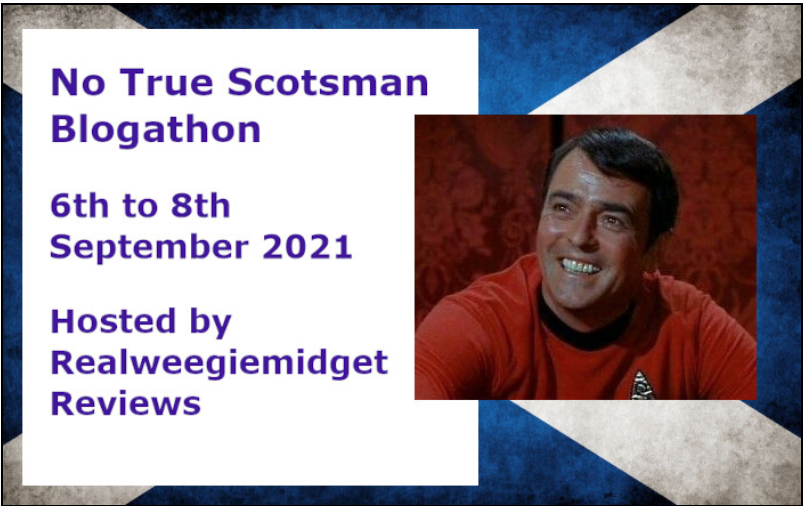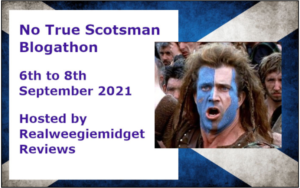Anniversary of Newton Minow’s Vast Wasteland Speech That Transformed Television
Posted on May 9, 2025 at 1:33 pm
May 9, 1961, my dad, the 35-year-old Chairman of the FCC, Newton Minow, made three significant appearances. In Washington, he gave his famous “vast wasteland” speech to the National Association of Broadcasters, telling them that while “when television is good, nothing is better,” he expected them to do more to uphold their statutory obligation to serve “the public interest, convenience, and necessity.” Then he went back to the FCC office, where he met with Elizabeth Campbell to sign the original license for WETA, the first educational television station in the nation’s capital, now the producer of the Ken Burns documentaries and the nightly Newshour. And then he flew to Chicago to attend the father-daughter dinner for my Brownie troop.
I often thought about how those three events defined his character: inspiring those around him to do better, supporting the visions of people making enriching cultural content and reliable news sources widely available, and always putting his family first. Over the next decades this was reflected in his efforts as a founder and board chair of PBS, a director of CBS, helping to create the Commission on Presidential Debates (CPD), where he served as vice chair until this year, working to require the V-chip and closed captioning, helping to get the start-up funding for “Sesame Street,” and arguing for the rescission of the radio license of a station that broadcast virulently racist and anti-Semitic programming. His countless awards include more than a dozen honorary doctorates, a Peabody, and the highest honor for American civilians, the Presidential Medal of Freedom, awarded by President Barack Obama (who met Michelle when they were both working in my father’s law office). Our family’s favorite “honor” might be the sinking ship on “Gilligan’s Island,” named as an insult to my father for his criticism of television by producer Sherwood Schwartz. They later had a very cordial correspondence.
Last month, I wrote an article for The Atlantic about the time Dad said “no” to President Kennedy.
Mike Leonard’s documentary about my dad has some wonderful stories.
I talked to my dad about some of his formative experiences, including the words from Bobby Kennedy that inspired him to focus on telecommunications, what he will advise the new FCC Chair, and why he told President Kennedy the first telecommunications satellite was more important than putting a man on the moon.
He was the world’s best dad and grandpa. We are so lucky.



